How to make an indoor winter garden for your plants to thrive
Don't let the frost put you off. Here's how to make an indoor winter garden
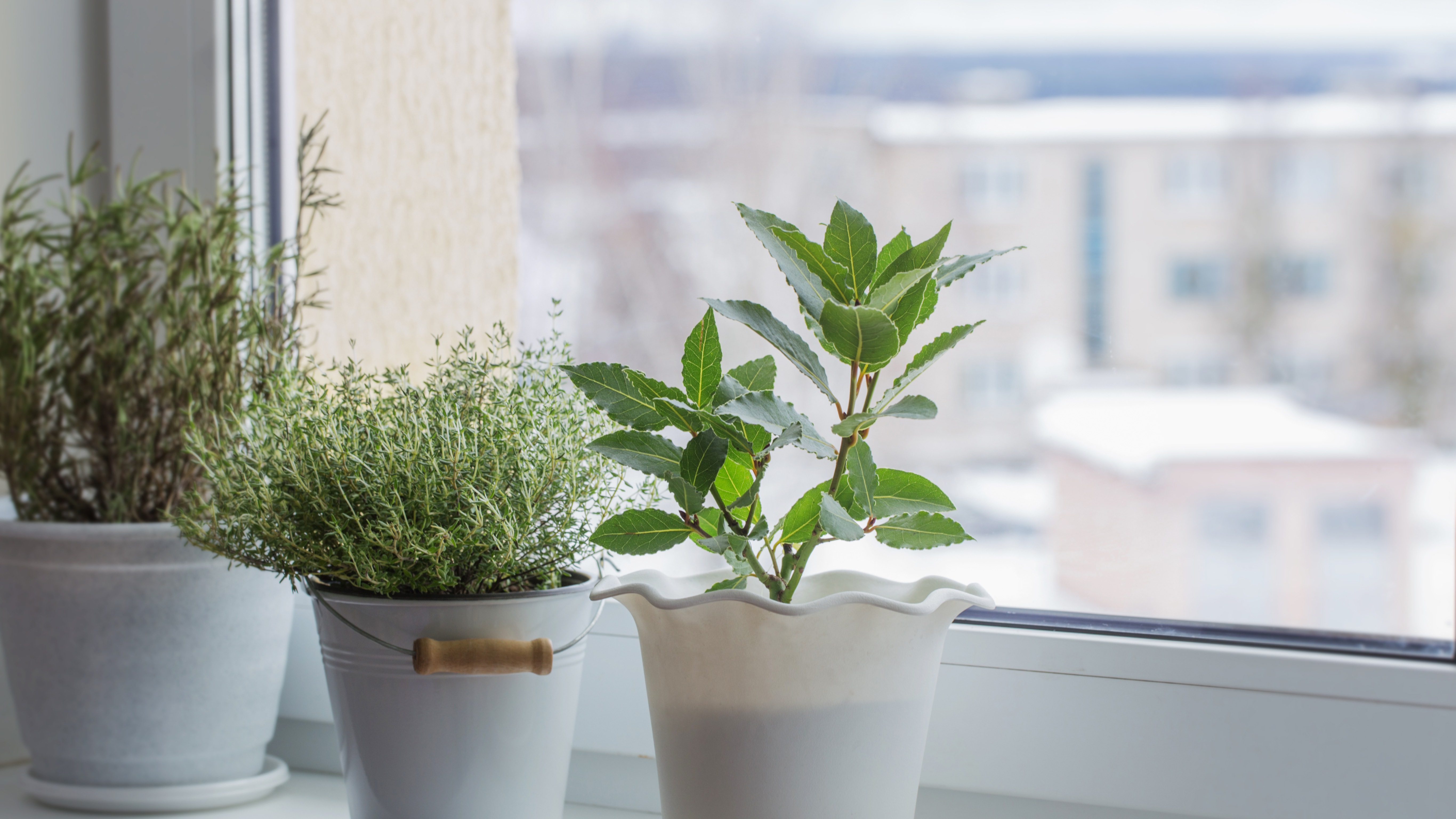
As the temperatures drop outside, a frosty ground is never ideal for our garden and plants to grow. But, you can take matters into your own hands by making an indoor winter garden to protect your plants from the cold and help them thrive.
Whether you’re a plant lover or simply enjoy growing your own herbs and edibles, don’t let the winter chill put you off. How to make an indoor winter garden is relatively easy if you know the type of seasonal plants, and provide the right conditions for it. What’s more, this will ensure your lovely plants can thrive and last throughout the season and beyond. There are also things you can do to help your outdoor flora flourish, such as learning how to winterize your hydrangeas.
In the meantime, here’s how to plant an indoor winter garden for your plants to thrive well into the new year!
Growing indoor herbs in the winter
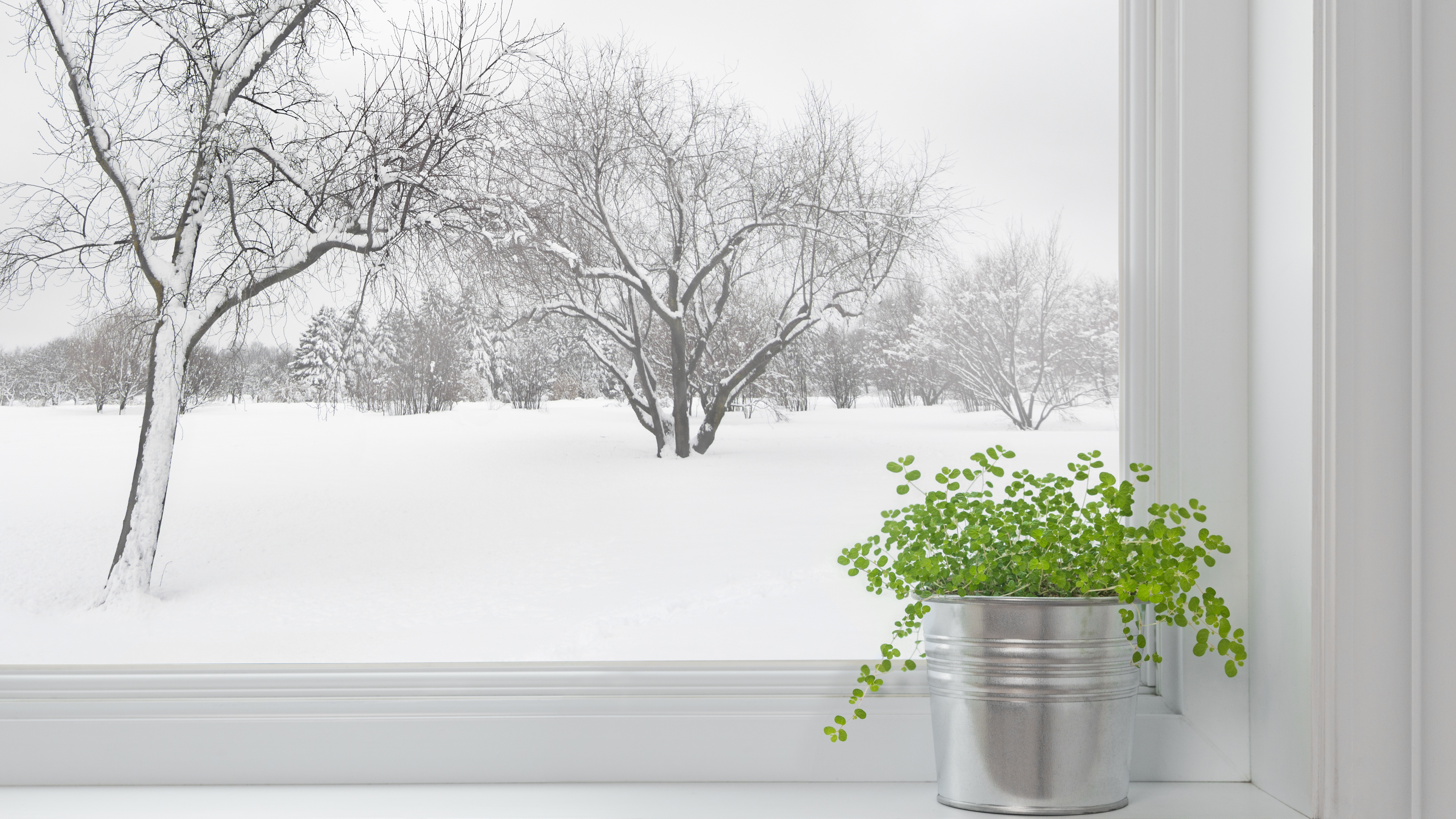
Windowsill herb gardens are a great, hassle-free way to grow your own fresh ingredients. Not only is it simple to do (and organic), but will also save you money on your shopping bills in the long run. Plus, there’s nothing better than throwing in homegrown herbs from your windowsill into your delicious winter soups or hotpot recipes.
Typically, the best herbs to grow indoors for winter are oregano, chives, mint, rosemary, and thyme. So if these are your favorite to spruce up your recipes, get planting!
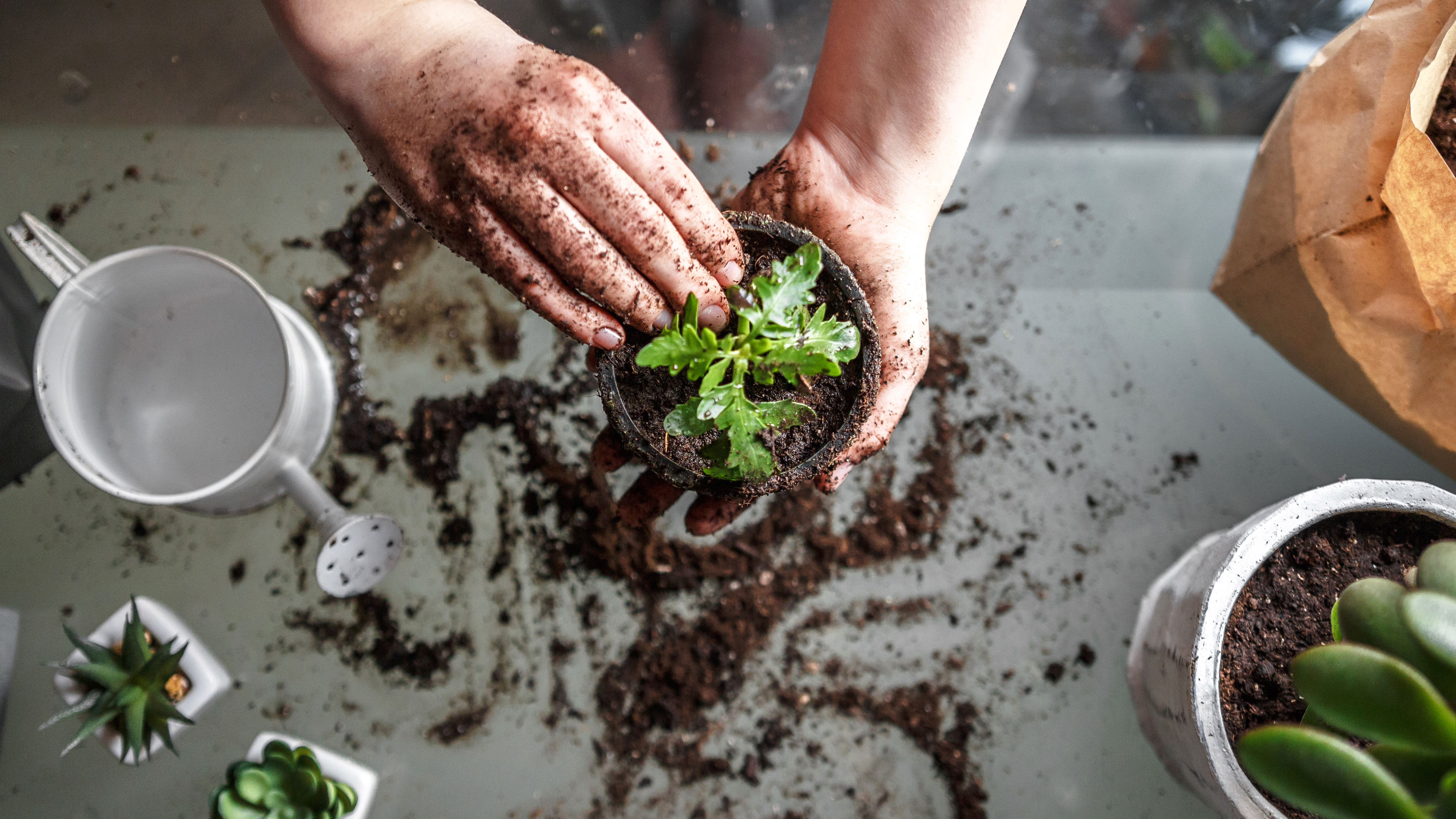
1. First, find a good location to place your pots on your windowsill. This is usually the windowsill that gets the most sunlight during the day. Herbs thrive in good strong light and generally need 6-8 hours of direct sunlight each day. In addition, the right temperature for herbs should be between 65-75 degrees Fahrenheit, which is the average indoor temperature.
2. Next, get some small-sized pots around 6 inches wide and ideally 12 inches deep, as herbs tend to vary in growth. Ensure that your pots have a drainage hole at the bottom to prevent roots from sitting in water. In addition, always put pots on a saucer or decorative tray to collect any water runoff.
Sign up to get the BEST of Tom's Guide direct to your inbox.
Get instant access to breaking news, the hottest reviews, great deals and helpful tips.
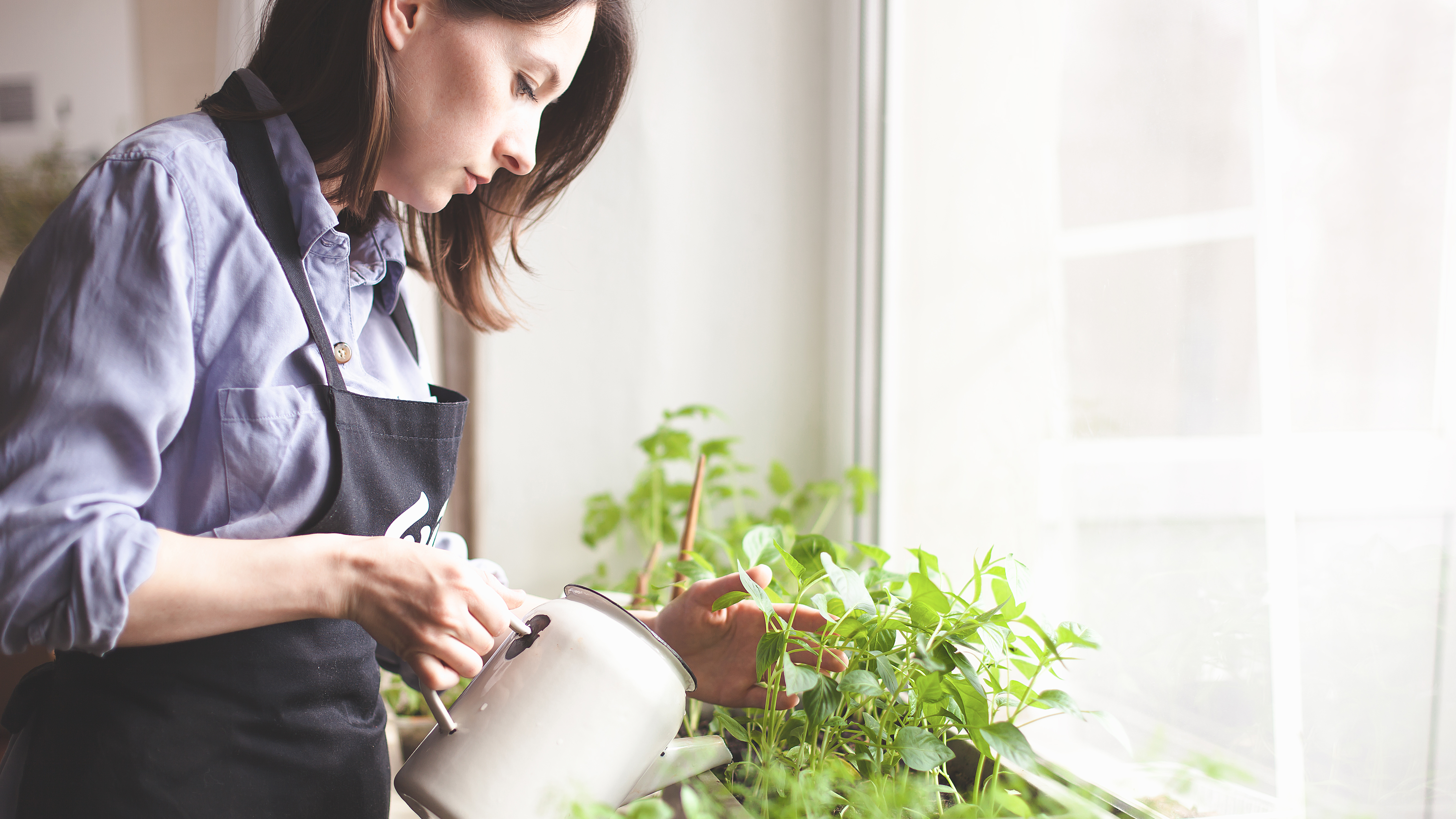
3. Seeds are cheaper to buy but take time to grow, so you can easily plant/repot ready-grown herbs. Choose a quality indoor potting soil mix, and check the label to make sure it’s suitable for indoor plants. Avoid using soil from outdoors or from your garden as this is much heavier, and won’t allow your plant to breathe.
4. With a watering can, water herbs slowly yet thoroughly. If you water herbs too fast, the water may run straight through the pot and not allow for the soil to absorb properly. Ideally, herbs need to dry out between watering so be sure not to overwater. A good indicator of when to water is if the soil is dry about 2 inches deep from the top. In any case, you may want to buy a plant water meter like this XLUX soil moisture meter for $12.99 at Amazon, to indicate when your plants need watering.
5. You can organize your herbs by labelling them with plant markers. Place near a bright window where they can get sufficient light during day.
Growing indoor plants for your winter garden

Generally, houseplants need less watering in the winter, so it’s always best to select specific types that will thrive in your indoor garden. The best winter plants include:
Poinsettias — These festive flowers need a lot of indirect light to thrive, and not to be placed directly in the harsh sunlight. Place them near the sunniest window, and keep them away from extreme temperatures or close to a radiator. Only water when the top soil is dry, which is usually between one to three days.
Aloe vera — Known for its medicinal qualities to soothe burns or iching, this large succulent plant thrives in bright light. They require very little water and need well drained and coarse soil. It’s best to place aloe vera plants close to a window and preferably in a warmer area.
Cacti and desert plants — Although we may think that cacti only survives in hot temperatures, these are actually the best plants for winter. This is down to the fact that they can store water much longer, so won’t require much watering. Again, these are best placed on a windowsill to get ample sunlight during the day. Christmas cactus are popular during this time of year, and will bloom in temperatures between 65 - 75 degrees Fahrenheit.
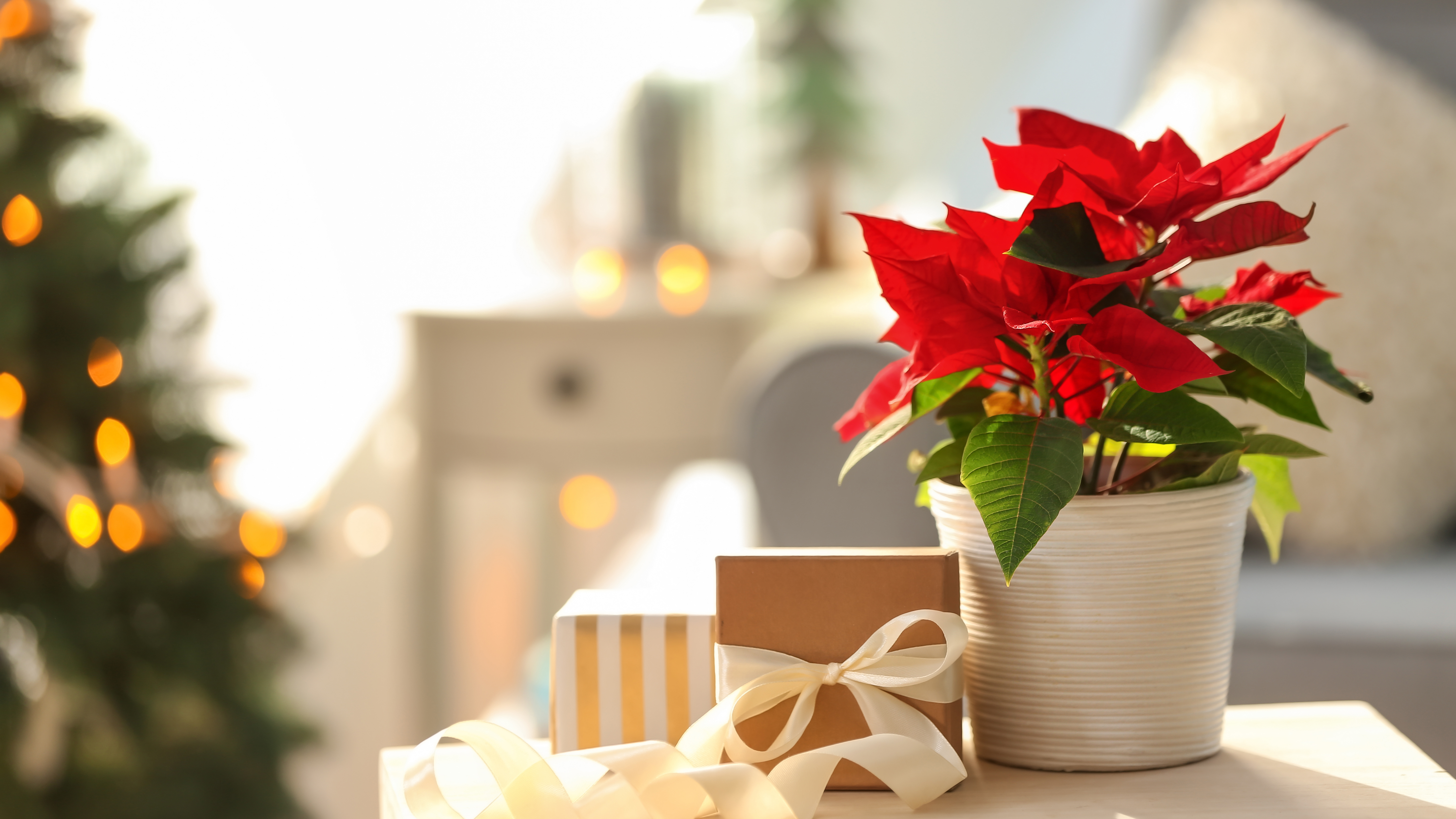
Moth orchid — These beautiful houseplants only require watering once the soil is dry. It’s best to pot in a clay pot and display in a warm environment. While they don’t require a lot of feed during winter, you can create a spray solution of half or a quarter strength of fertilizer which comes in either powder or liquid form. Moth orchids need at least eight hours of low to medium sunlight. Avoid direct sunlight as this will be too harsh for its leaves, and remember to cut off wilting flowers.
Snake plant — Perhaps one of the easiest plants to grow in the winter, this thrives in sunlight or partial shade. What’s more it prefers dry air so you won’t need to water or repot regularly. Win-win!
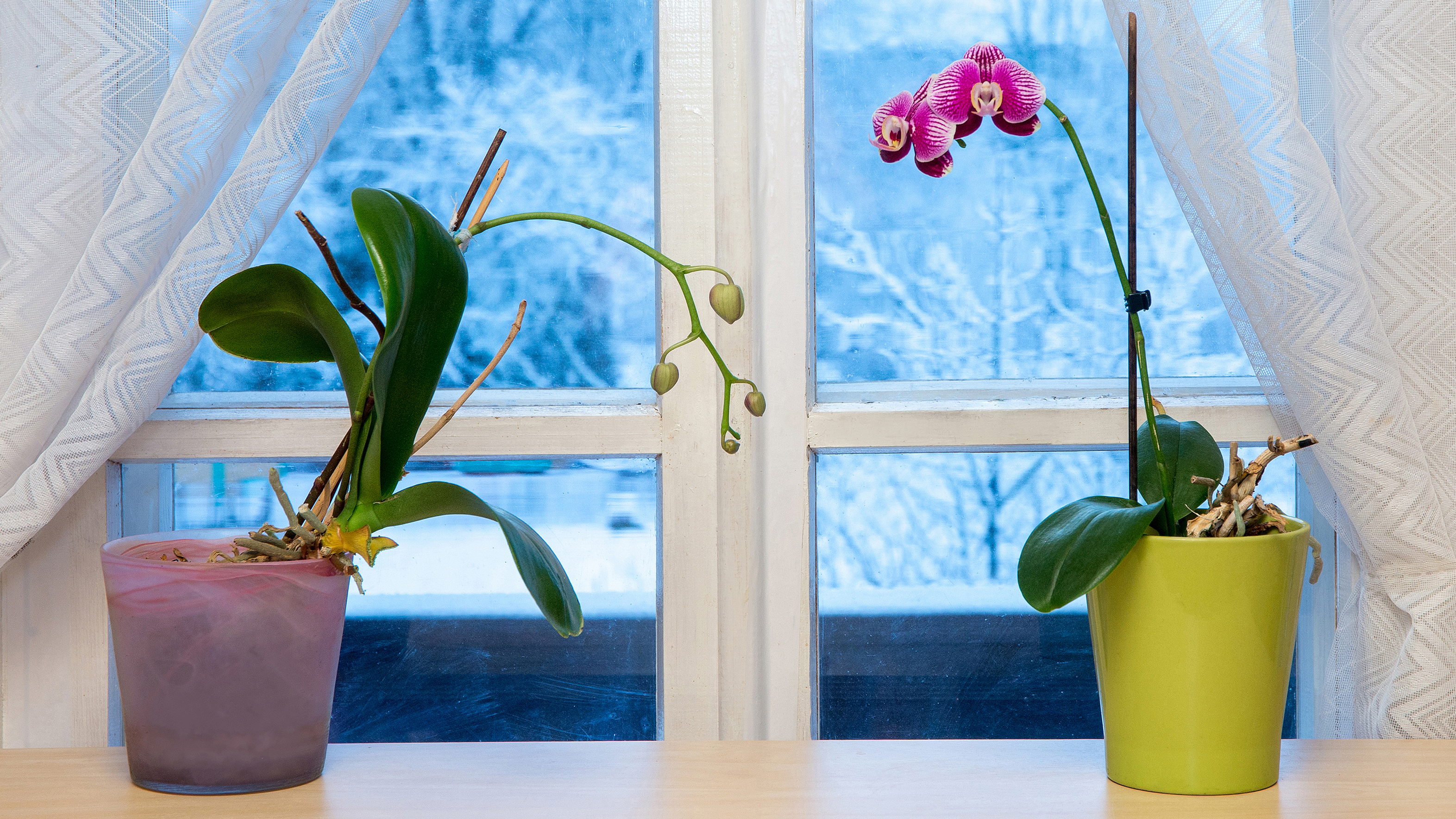
Fiddle-Leaf Fig — Another popular winter houseplant, this will thrive in medium sunlight, preferably in a temperature between 18 and 25 degrees Fahrenheit. Again, this doesn’t require a lot of watering and it’s best to let the surface of the soil dry out slightly between each water.
Clivia — These vibrant-colored plants actually prefer the cold weather and will thrive in a drafty room. What’s more, these won’t require a lot of sunlight or regular watering for them to bloom.

How often do you water your indoor winter garden?
Typically, you can water most winter houseplants once every two weeks. Succulents need watering every two to three weeks, while winter-flowering plants need watering as soon as the soil is dry. If you’re growing herbs, these need to be watered two to three times a week, and avoid over-watering.

As the Homes Content Editor, Cynthia Lawrence covers all things homes, interior decorating, and garden-related. She has a wealth of editorial experience testing the latest, ‘must-have’ home appliances, writing buying guides and the handy ‘how to’ features.
Her work has been published in various titles including, T3, Top Ten Reviews, Ideal Home, Real Homes, Livingetc. and House Beautiful, amongst many.
With a rather unhealthy obsession for all things homes and interiors, she also has an interior design blog for style inspiration and savvy storage solutions (get rid of that clutter!). When she’s not testing cool products, she’ll be searching online for more decor ideas to spruce up her family home or looking for a great bargain!
